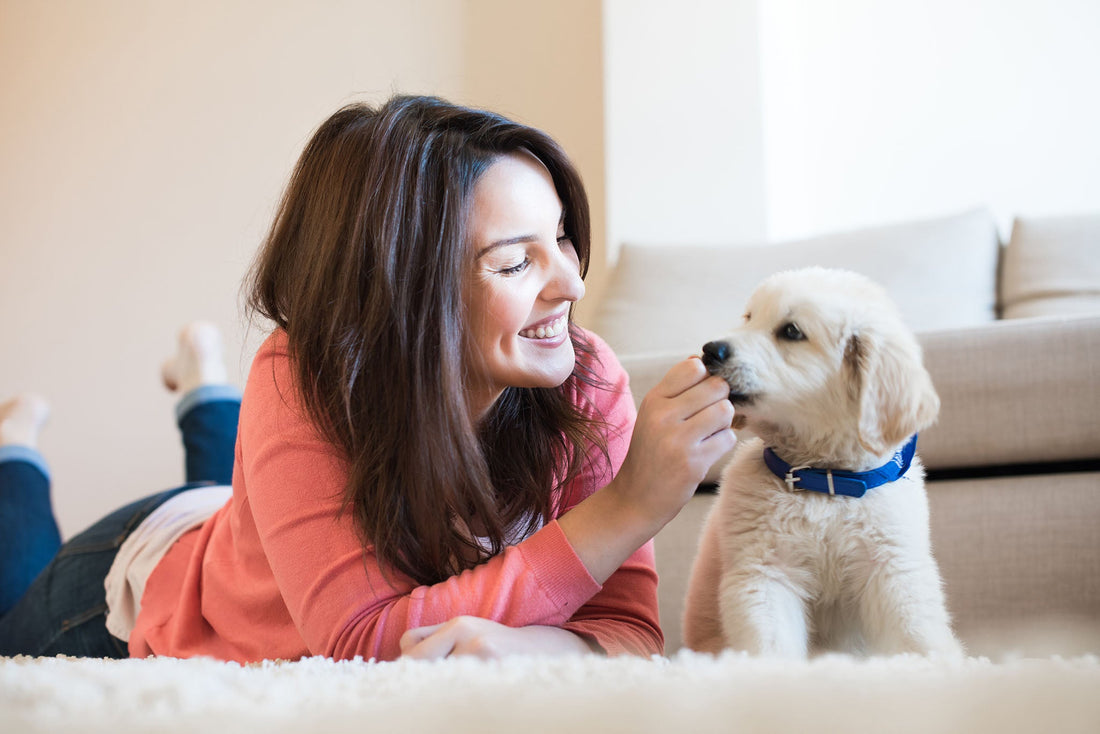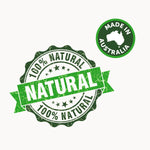
How to Prevent Puppy Separation Anxiety: Calm, Confident Training
Bringing a new puppy home is exciting, chaotic, and full of cuddles — but it’s also the start of building independence. While it’s tempting to spend every waking moment with your new best friend, doing so can unintentionally create separation anxiety when you eventually have to leave them alone.
Separation anxiety is common in young dogs, especially those who have never known life apart from their owners. Puppies thrive on routine and reassurance, so sudden changes — like you leaving for work, errands, or social activities — can feel confusing or distressing at first.
The good news? You can prevent puppy separation anxiety before it starts with simple, consistent training that builds confidence and calmness. Here’s how to get started.
Get Your Puppy Used to Being Alone
Teaching your puppy to be comfortable alone is one of the most important lessons you can give them. It helps prevent anxiety, destructive behaviour, and over-attachment later in life.
Start by creating a safe space such as a crate or gated play area. This keeps your puppy secure and limits access to hazards around the home. It also helps them understand boundaries and independence.
Begin with short separations — just a few minutes while you’re still at home. Place them in their crate or playpen with a chew, toy, or food puzzle to keep them busy, then step into another room. When you return, greet them calmly and carry on as usual.
Repeat this daily, gradually increasing the duration until your puppy is comfortable spending longer periods on their own. If your dog shows signs of stress, take a step back and reintroduce alone time more slowly. The goal is to show them that being alone is normal and safe — not something to fear or associate with punishment.
Get Your Puppy Used to New People and Environments
Separation anxiety is not only about being left alone. Some puppies struggle even when they are around new people or in unfamiliar places. They may become anxious, restless, or clingy when they cannot stay by your side.
Early socialisation is the best way to prevent this. From a young age, expose your puppy to a variety of experiences. Take them to new places, let them hear different sounds, and allow them to see people of all ages and appearances. They do not need to interact every time; simply observing calmly helps build confidence.
The more environments and situations your puppy experiences, the more adaptable they become. Regular exposure helps them handle change, reduces stress, and encourages independence.
You can also consider occasional visits to doggy daycare or short stays with a trusted friend or sitter. These experiences teach your puppy that being away from you can still be safe, fun, and rewarding.
Teach Your Puppy To Entertain Themselves
Make sure that your puppy is both tired and content before leaving them alone. Go for a long walk or play a short game of tug or fetch to burn off some excess energy beforehand. Then provide your dog with long lasting chews and food puzzles. You can stuff your Raw and Fresh treats into Kong toys or scatter them around the room. Give these to your puppy before you leave to help them form a positive association with your departure. This keeps your dog entertained and also stimulates them mentally while they are alone.
Another idea is to spread your Raw & Fresh meals over a Lickimat when you leave the house to keep your puppy distracted and occupied when you leave the house.
Practice Routine To Prevent Separation Anxiety
Even if you are not going back to the office yet, it's time to start practising the routine so that it won't be such a shock to your puppy when the time comes. If you plan to walk your puppy in the morning before work, start doing that now. Then get ready to leave the house for a short period of time just like you would do if you were going to work.
If your dog is following you all around the house while you are getting ready to leave, and fretting, give them something else to do instead. Offer a long lasting chew and place them in their crate or in a separate room. Then leave the house without any fuss.
Use a Dog Sitter or Doggy Daycare
If you will be away from home for long periods, consider arranging a dog sitter to visit during the day or enrolling your puppy in doggy daycare. This helps break up their routine, provides social interaction, and prevents long stretches of isolation.
When introducing your puppy to a new sitter or daycare, take things slowly. Arrange a short meet and greet before the first booking so your puppy can get used to their presence. If using a daycare facility, visit in advance and allow your dog to explore the space at their own pace. Always let your puppy approach new people when they are ready rather than forcing interaction.
A trusted carer can make a huge difference to your puppy’s confidence and comfort when you are away.
Find a Trusted Sitter Through Pawshake
Pawshake connects pet parents with loving and affordable pet carers. All the pet sitters on Pawshake have been individually vetted, are genuine pet lovers and will care for your pet in a loving home environment. So if you are planning on heading back to work or travelling but can't take your puppy with you, search for a Pawshake pet sitter near you.
Build Calm Confidence With Positive Reinforcement
Separation training works best when your puppy learns that time apart is safe and rewarding. Use food puzzles, long-lasting chews, or fresh meals to keep them entertained while you are gone.
Explore our Fresh Dog Food Range and Preservative-Free Dog Treats to create healthy, positive associations that support calm, confident behaviour every day.
